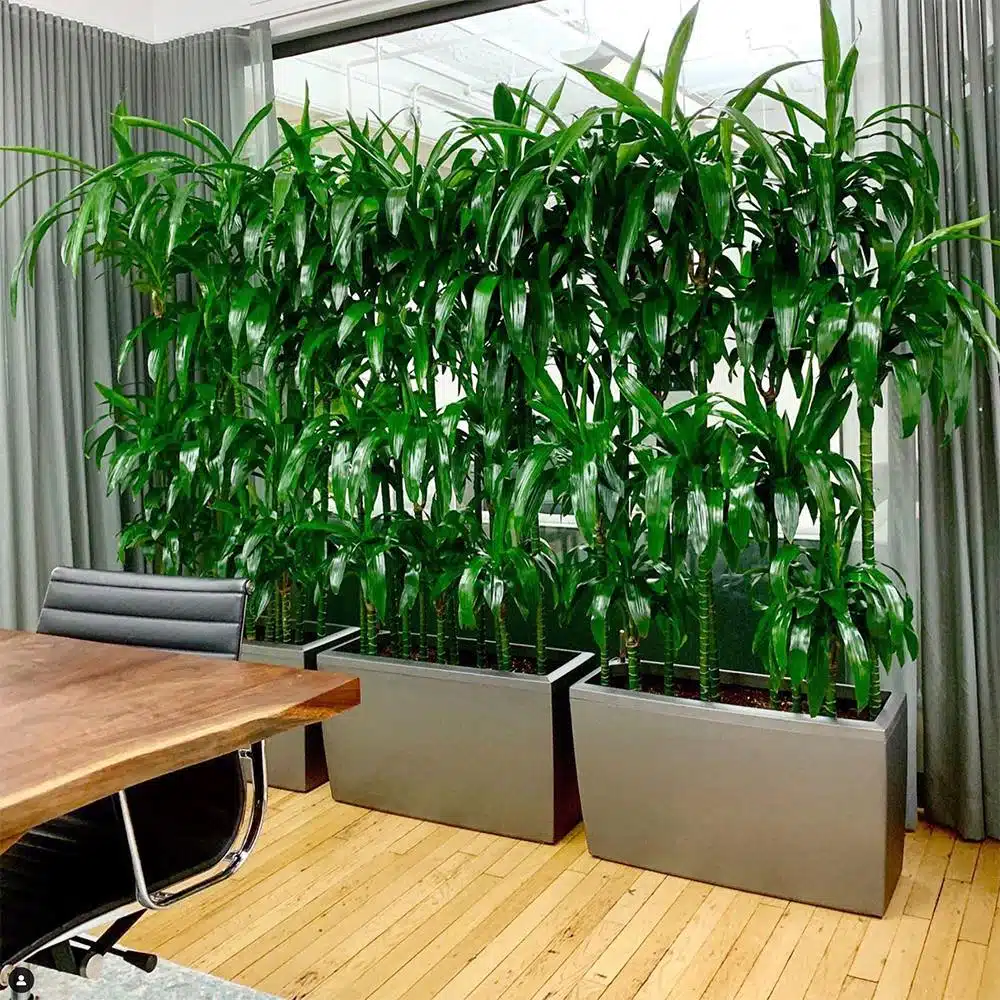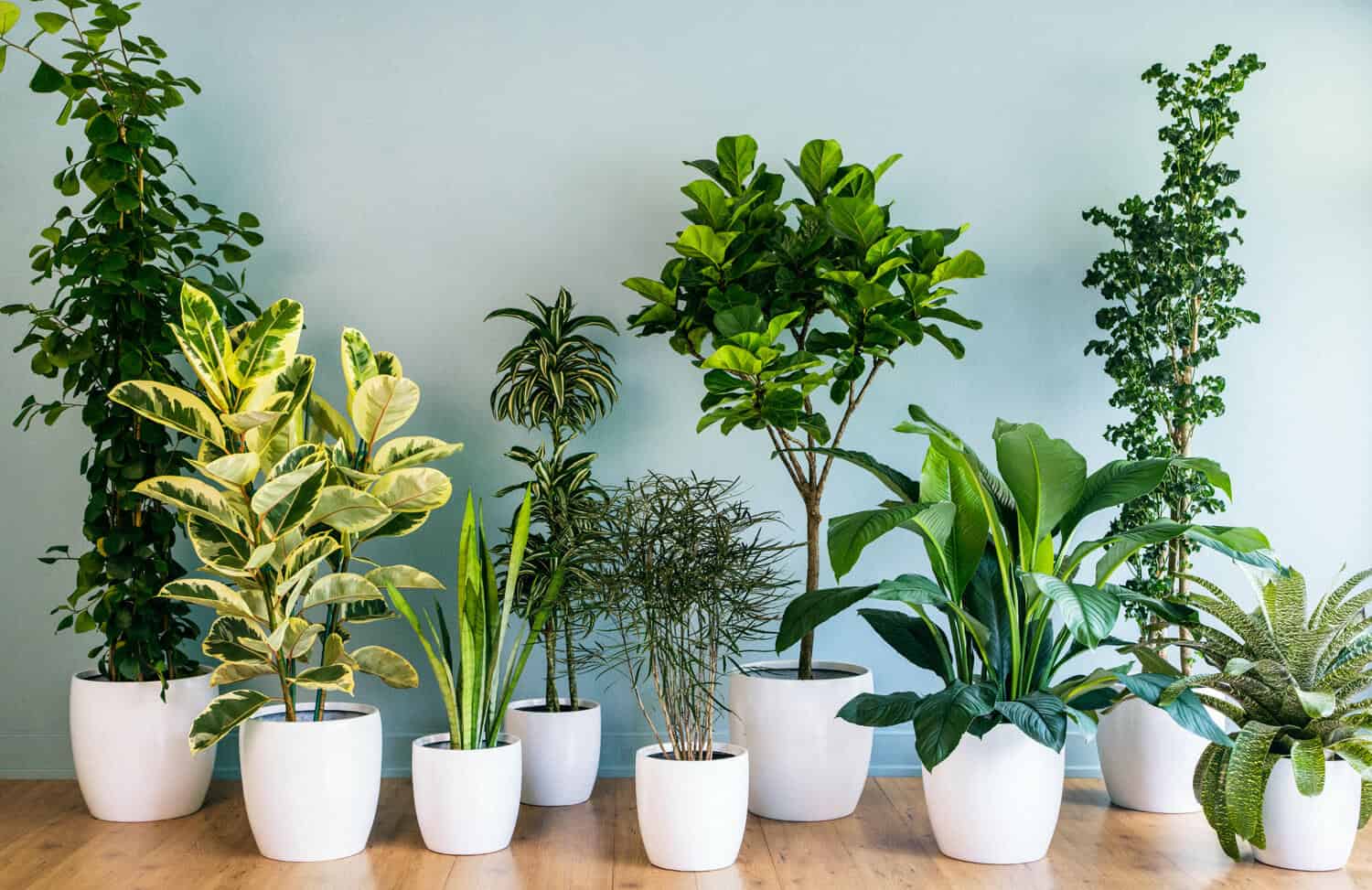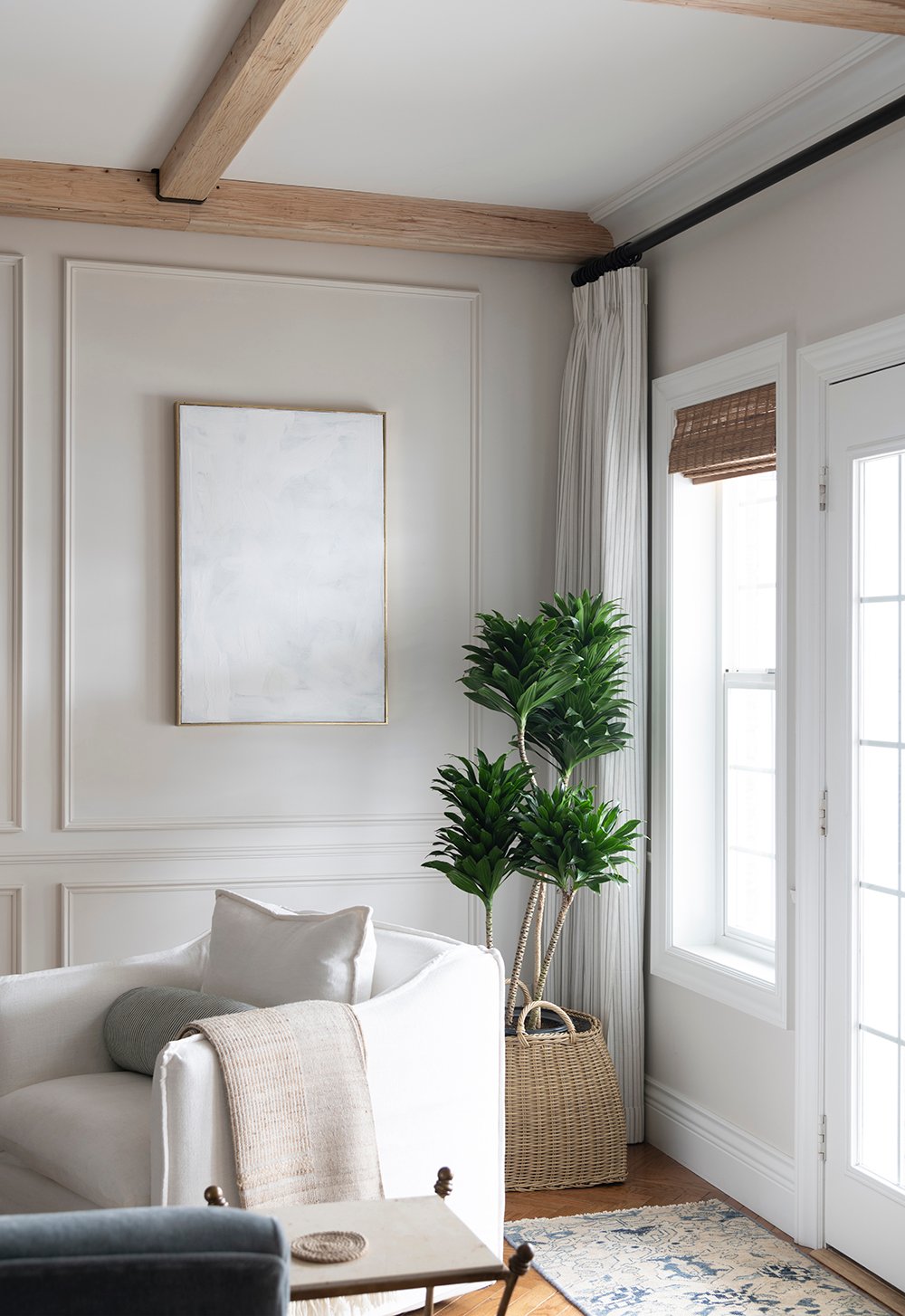A Guide to the Best Low-Light Indoor Plants for Small Spaces
A Guide to the Best Low-Light Indoor Plants for Small Spaces
Blog Article
Transform Your Home With Beautiful Low-Light Indoor Plants and Their Advantages
Integrating low-light indoor plants right into your home can significantly boost both the environmental and visual quality of your space. These plants, which grow in dark conditions, serve not just as decorative aspects yet likewise as natural air purifiers, making them excellent for city dwellers or those with restricted sunlight direct exposure. As we check out the various sorts of low-light plants and their benefits, you might discover unexpected methods to incorporate them into your home that can change your surroundings in methods you might not have expected.
Benefits of Low-Light Plants
Low-light plants provide various benefits for indoor settings, making them a superb choice for both amateur and knowledgeable garden enthusiasts. Among the key benefits is their adaptability to low-light conditions, permitting individuals to improve their space without the demand for extensive sunlight direct exposure. This characteristic makes them excellent for houses, workplaces, and other areas with limited all-natural light.

In addition, integrating low-light plants right into home decor can elevate the visual allure of a space. Their lavish vegetation and varied appearances create a relaxing ambience, adding to overall health. Lastly, the existence of greenery has actually been linked to minimized tension degrees and enhanced efficiency, making low-light plants a sensible option for improving both physical and psychological health in indoor setups.
Top Low-Light Indoor Plants
While lots of indoor plants grow in intense light, several species are especially well-suited for low-light problems, making them ideal for various indoor areas. One preferred choice is the Snake Plant (Sansevieria), recognized for its striking upright leaves and durability, calling for marginal care. Another excellent option is the Pothos (Epipremnum aureum), which features heart-shaped leaves and can route perfectly from shelves or hangers, flourishing in low light and adding a lavish touch.
The ZZ Plant (Zamioculcas zamiifolia) is commemorated for its glossy leaves and capacity to withstand neglect, making it ideal for active way of livings. The Peace Lily (Spathiphyllum) not just tolerates reduced light but also generates spectacular white blooms, improving any type of space's aesthetic.
For a special touch, take into consideration the Cast Iron Plant (Aspidistra elatior), which certainly measures up to its name, thriving in the darkest corners of your home. Last but not least, the Chinese Evergreen (Aglaonema) supplies a selection of fallen leave patterns and colors while being remarkably flexible in low-light problems. These plants not just beautify interior settings yet also add to air filtration, improving your home.
Care Tips for Low-Light Plants

Sprinkling methods are essential; these plants usually like a little dry conditions. Overwatering can bring about root rot, so ensure that the leading inch of dirt is completely dry before watering once again. Usage pots with drain openings to allow excess dampness to leave.
Moisture is another crucial element. Many low-light plants, such as ferns and tranquility lilies, gain from greater humidity degrees. To raise humidity, consider misting the fallen leaves or positioning a tray of water near the plants.
Fertilization ought to be approached with care. Throughout the growing period, make use of a diluted, balanced fluid fertilizer on a monthly basis to support growth, yet prevent fertilizing during the inactive cold weather.

Innovative Ways to Display Plants
Indoor plants can work as fascinating centerpieces in any type of area, boosting both visual appeal and ambiance. Imaginative displays can boost the aesthetic influence of low-light plants, making them an integral part of your home decoration. One efficient method is to utilize tiered plant stands, which permit you to showcase numerous plants at varying heights while maximizing flooring room.
Hanging planters are one more cutting-edge option, creating a feeling of deepness and attracting the eye upward. Take into consideration macramé wall mounts or wall-mounted shelves to present an one-of-a-kind structure and style.
For an extra structured approach, usage geometric terrariums or glass containers to house your plants, adding a contemporary touch to your indoor garden. You can additionally repurpose vintage products, such as teacups or wood crates, for an eclectic display that reflects your character.
Enhancing Home Ambiance With Plants
Incorporating low-light plants into your home not only improves aesthetic charm however also adds dramatically to the general setting. These plants act as all-natural style components, presenting a feeling of serenity that can transform any type of space. The presence of plant promotes a relaxing ambience, which is specifically helpful in high-stress atmospheres such as home offices or living spaces.
Low-light plants, such as snake plants, pothos, and ZZ plants, are not just aesthetically pleasing however also boost indoor air top quality by filtering system toxins. This double feature enhances the ambiance better, producing a healthier home (Best low-light indoor plants). The critical placement of these plants can also affect the understanding of area; as an example, high plants can draw the eye up, making ceilings show up greater and areas a lot helpful resources more sizable
In addition, differing appearances and shades of vegetation add deepness to interior decoration, permitting imaginative expression in home styling. Whether placed on racks, in corners, or as centerpieces, low-light plants can raise the state of mind of any type of space. In summary, including these plants into your home is a reliable means to promote a warm, inviting ambience while gaining the benefits of boosted air quality and aesthetic convenience.
Conclusion
Including low-light interior plants into home settings provides numerous advantages, consisting of website here enhanced aesthetic allure and improved air quality. These resistant plants, such as the Snake Plant and Peace Lily, need minimal light and maintenance, making them suitable for varied lifestyles. Their ability to filter toxins adds to a much healthier space, while their varied textures and colors enhance interior style (Best low-light indoor plants). Inevitably, the incorporation of low-light plants cultivates a peaceful and inviting ambiance, transforming any type of home into a peaceful sanctuary.
While numerous interior plants flourish in bright light, several species are specifically fit for low-light problems, making them ideal for different interior spaces. One reliable technique is to make use of tiered plant stands, which enable you to showcase multiple plants at differing heights while optimizing flooring space.
Low-light plants, such as serpent plants, pothos, and ZZ plants, are not just cosmetically pleasing however also improve interior air top quality by filtering system toxins. Best low-light indoor plants. The strategic positioning of these Get More Info plants can also affect the understanding of area; for circumstances, high plants can draw the eye upwards, making ceilings appear greater and spaces more roomy
These durable plants, such as the Serpent Plant and Tranquility Lily, need minimal light and upkeep, making them suitable for diverse lifestyles.
Report this page